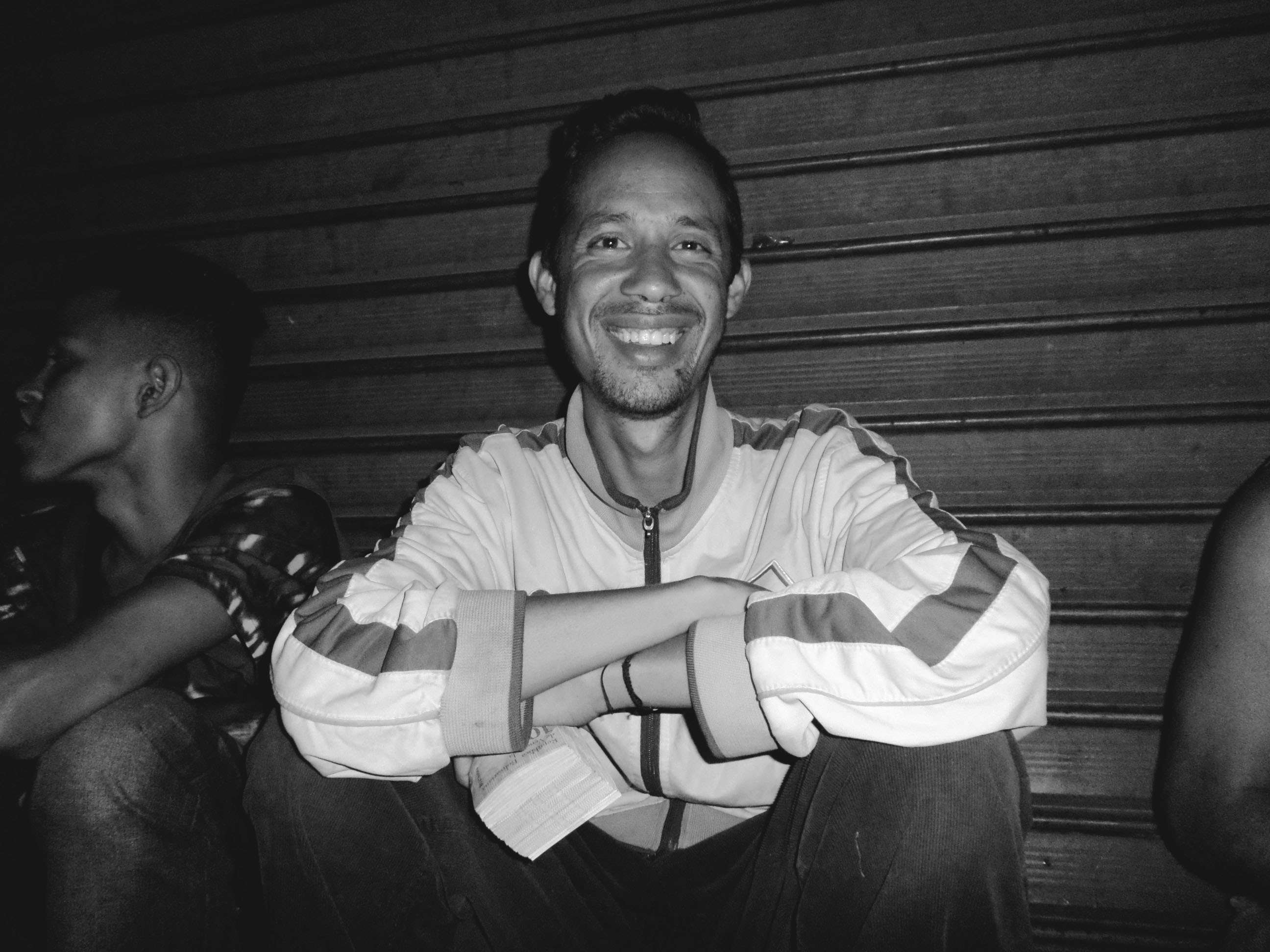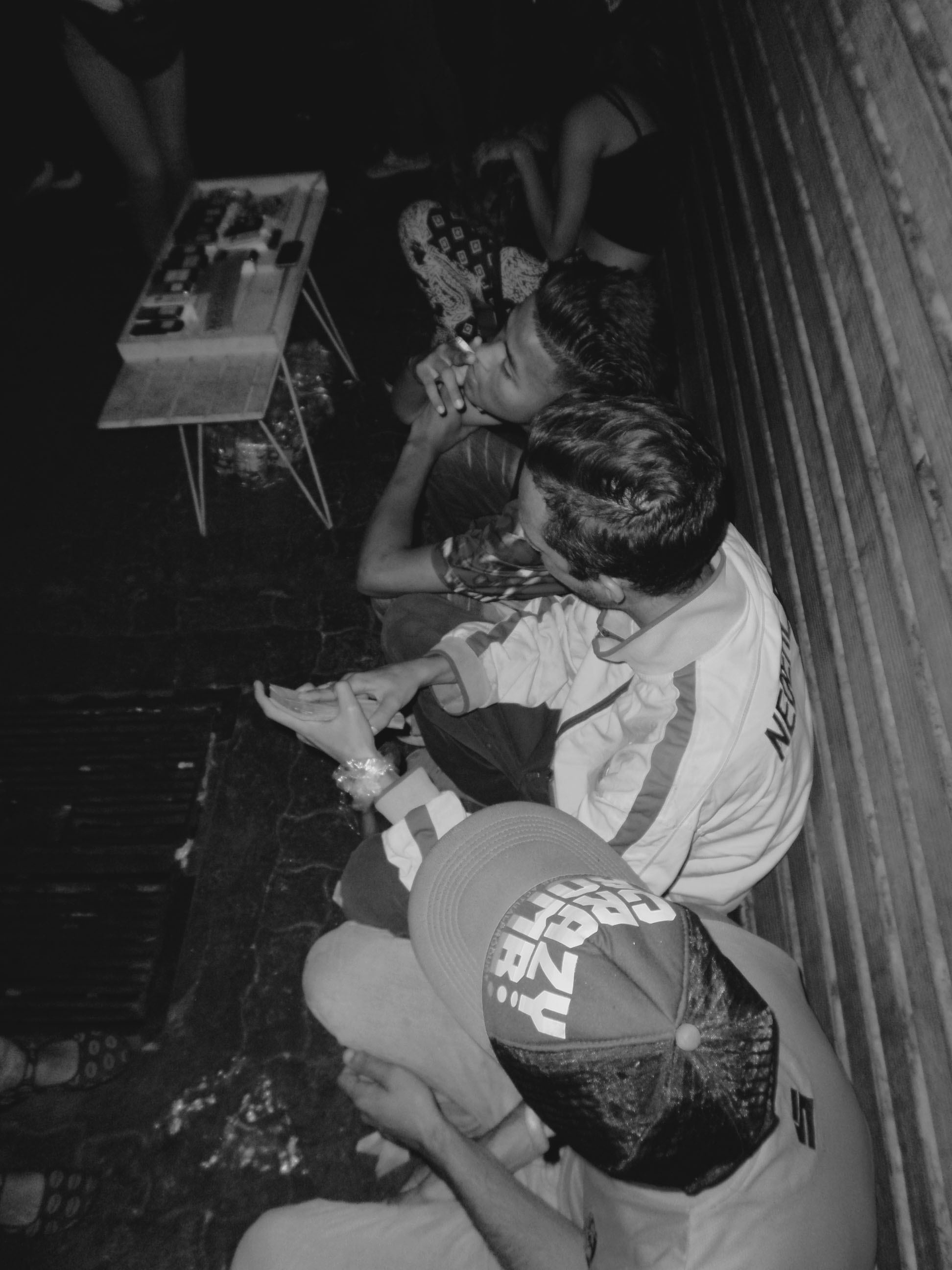Misery, Actually: Street Vendors in Caracas Live One Day at a Time
While the nation braces for a new political blizzard, the most vulnerable of our youth get by however they can. Hungry, exhausted and scared, this is the story of the homeless vendors who survive under indifferent eyes.


SAMSUNG CAMERA PICTURES
Photos: Meily Chang
Tres F, El Chino and Johan Te Quiero live with exhaustion in their faces, the ever-present fatigue and concern. “Caracas bites,” the poet said, and it eats the hapless first.
For these three men, days, and especially nights, go by too swiftly or too slow, between selling snacks, lollipops, chocolates or cigarettes in Capitolio, while others like me wait for hours in line for the bus after work. That’s the life of the Venezuelan youth. Talking about our country is talking about an overwhelming crisis that we can see when we walk on any Caracas street, with the tricolor backpacks through sidewalks, the dirty faces of kids sleeping outdoors, their bare feet deep in garbage. “Two for Bs.S. 50!”, is what we hear, “Take it, family! Take your Savoy chocolate for Bs.S. 1,000!”
It’s already normal to see the homeless trying to make ends meet in any way they can under hyperinflation. Tres F (29), El Chino (22) and Johan Te Quiero (18) are clear examples, three men who start selling snacks on the streets either very early or very late. They choose when the workday starts, and they may go from 9:00 a.m. to 11:00 p.m., or from 2:00 p.m. until 10:00 p.m.
Without an offer to give them a better income (and without studies or any school degrees) the three of them live day by day, with Bs.S. 2,000 or Bs.S. 2,500 daily, on their feet, from corner to corner and taking advantage of the long transport lines. Two of them want to be singers, while Johan wants to have an actual college degree that, in his words, will make “someone out of him.” Recently, the Survey on Living Conditions 2018 reported that the group with the highest rate of school desertion comprises people between 18 and 24 years old, and 65% of them say they didn’t attend any institution because they can’t afford it. Meanwhile, unemployment rose by 1% compared with 2017, to reach 10%, the highest level since 2015, when it was 7%.
Our three friends left school when they had no chance to think about the future with a present beating hard, when you’re hungry and must go to class, with no way of actually reaching school, because there’s no money for transport.
These men are the reflection of nonexistent public policies aimed at their protection and boosting their talents. Only murals remain of the revolution’s old promises about education, in the same streets where the most vulnerable now live, still helpless, still hungry, still afraid. The authorities remain silent and those responsible turn their faces, speaking of a fictional country that has nothing to do with this reality.
Today, the only smile you can buy in Venezuela is the one you give yourself as a consolation prize for resisting hours at the sidewalk, waiting for a bus. A half smile, perhaps, if you sold at least part of your merchandise in Capitolio before night time.
Caracas Chronicles is 100% reader-supported.
We’ve been able to hang on for 22 years in one of the craziest media landscapes in the world. We’ve seen different media outlets in Venezuela (and abroad) closing shop, something we’re looking to avoid at all costs. Your collaboration goes a long way in helping us weather the storm.
Donate






